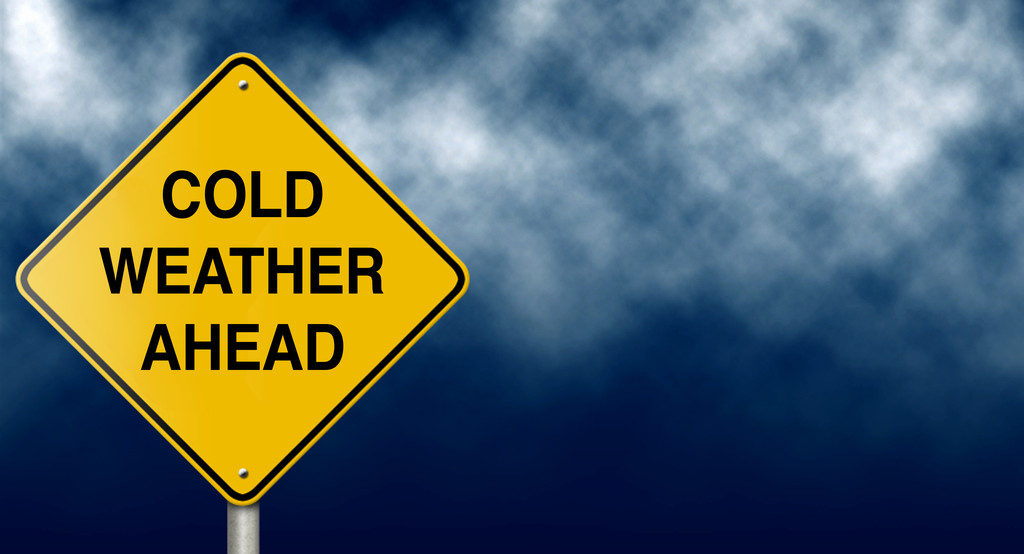
Winter Preparation Series: Part 1
As we begin our series of tips to get your HVAC equipment ready for the deep freeze and dark months to come, we’d like to point your attention towards a few different categories we’ll cover. The first, and perhaps the most important is safety. We’d like to remind you that anything requiring combustion, results in the discharge of Carbon Monoxide. Just in case you’re not familiar with the dangers of Carbon Monoxide, our friends at Wikipedia explain it best:
“Carbon monoxide (CO) is a colorless, odorless, and tasteless gas that is slightly less dense than air. It is toxic to hemoglobic animals (including humans) when encountered in concentrations above about 35 ppm, although it is also produced in normal animal metabolism in low quantities, and is thought to have some normal biological functions. In the atmosphere, it is spatially variable and short-lived, having a role in the formation of ground-level ozone.” Now, since we’re all up to speed, let’s get started.
Keep Exhaust Vents Clean and Free of Lint
• It may sound obvious, but taking an extra hour or so to disassemble the exhaust on the back of your dryer may save a house fire or two. To do this, simply pull out your dryer from the wall to gain access to the rear of your dryer. There is typically a clamp that secures the vent tube to both your dryer and the outlet that goes into the wall of your home. Loosen the clamps with a screwdriver, or perhaps a small socket or wrench, just enough to remove it from its secured position. Once removed, take caution of the dust and lint inside. It’s usually a good idea to take the vent hose outside to remove the lint. It’s pretty obvious once you’re able to see the inside of the tube how and where to clean it, so we’ll save some time here by not explaining the obvious.
While everything is disassembled, use a dryer lint brush,(a dryer lint brush is a long, about 3 ft or so, thin brush that’s about as thick as a broom handle, and has bristles the whole way around it) that’s available at any home improvement store. Thoroughly clean as far inside the exhaust as possible, in a swirling motion, pull the brush back out. Repeat this several times. Once you’ve done this inside your home, go outside and repeat the same steps. Once outside, you’ll need to remove the vent’s cover, most homes now use louvers to cover up the 3-inch hole exiting your home, simply snap out the louvers from one side to gain access. After all this is done, simply reinstall everything opposite of the way you uninstalled it.
Inspect Chimneys and Exhaust Vents Throughout
• Ensure vents and chimneys are clear of any obstructions. Depending on what type of heating equipment you may have, it’s possible, and in some cases probable, that over the summer, pests, such as mice, bats, birds or even bees may have taken refuge in your dormant exhaust outlets. Take the time to inspect such outlets to ensure you won’t be at risk for CO to back up into your house.
Most all chimneys have a cleanout where you can access the inside of your flue. Use a mirror and a bright flashlight to look up your chimney. If you’re so inclined to do so, you can also get on your roof and look down your chimney to ensure a safe, clear passage of dangerous gasses that are emitted from your heating equipment. If you see any kind of debris, you’ll need to clean it out. If you are unable to reach the partial blockage, you’ll need to call a professional to have it properly cleaned. Whatever you do, don’t assume “it’ll be okay”. The safety of your family depends on properly functioning equipment. Paying a little attention to details now could save a catastrophic event in the future.
Rely On The Exerts
For more tips on how you can DIY, stay tuned here for our next article about winter preparation. For assistance with anything from a tune-up on your furnace to a complete retrofit of any Heating and Air Conditioning system, call the experts at RE Sanders Plumbing at 717-843-7894.
